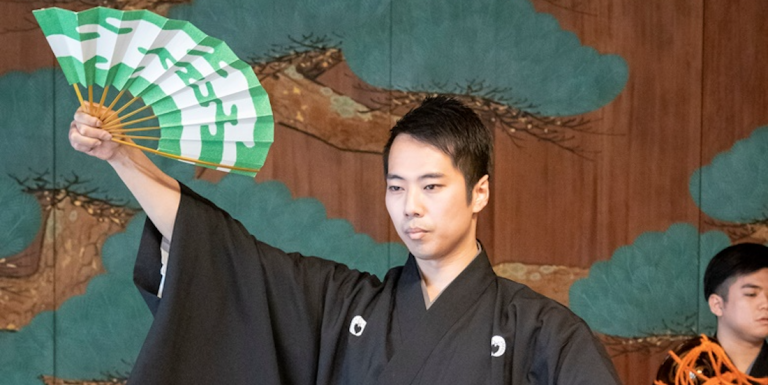
Japanese Influencer Advocates for Harmony as Foundation for Sustaining Traditions During New York Lecture Series
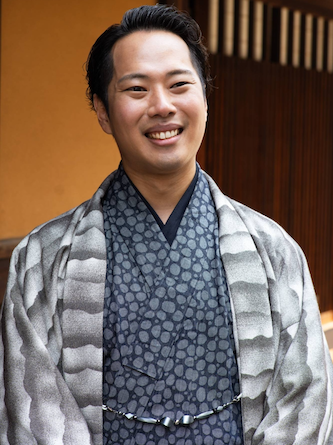
New York, N.Y. – Shogo Yamaguchi, a globally recognized Japanese cultural influencer and advocate for traditional arts, emphasized the vital relationship between societal peace and the survival of heritage during a lecture at the Asia Society this week.
Speaking to a diverse audience of artists, historians, and policymakers, Yamaguchi argued that cultural preservation flourishes only when communities prioritize stability, empathy, and collaboration.
The Intersection of Peace and Tradition
Yamaguchi, 34, rose to prominence through his viral social media campaigns blending kabuki theater, tea ceremony rituals, and ukiyo-e art with modern storytelling.
His work, which has garnered over five million followers, bridges generational gaps by recontextualizing Japan’s aesthetic legacy for digital audiences.
“Traditional culture is not static—it evolves through dialogue,” he said. “But that dialogue requires a society grounded in mutual respect and safety.”
The event coincided with escalating global tensions, from geopolitical conflicts to climate crises. Yamaguchi stressed that cultural erosion often mirrors societal fractures: “When people fear for their futures, creativity becomes a luxury. Preservation demands collective calm.”
Global Audiences, Local Roots
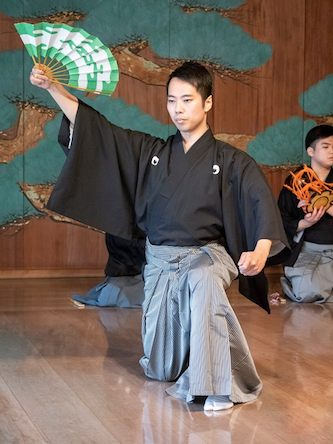
Born in Kyoto, Yamaguchi credits his grandfather, a Noh theater performer, with instilling his reverence for tradition.
After studying cultural anthropology at Tokyo University, he launched initiatives to digitize endangered art forms, partnering with UNESCO and the Japan Foundation.
His New York lecture highlighted projects like “Edo in VR”, which reconstructs 17th-century Edo-period landscapes for immersive education.
“Peace isn’t just the absence of war,” he noted. “It’s the presence of conditions where artisans can experiment, teach, and thrive.” Attendees included Museum of Modern Art curators and TikTok creators, reflecting Yamaguchi’s cross-platform appeal.
Challenges in a Divided World
Yamaguchi acknowledged modern hurdles: algorithmic bias favoring viral trends over nuance, funding shortages for grassroots cultural NGOs, and politicized debates over heritage ownership. Still, he remains optimistic.
“Young people today crave authenticity,” he said, citing collaborations with Gen-Z kendo masters and indigo dye artisans. “They see tradition as a toolkit for innovation, not a relic.”
His message resonates beyond Japan. In Q&A sessions, attendees from Nigeria, Brazil, and Lebanon shared parallels with their own cultural revitalization efforts. “Whether it’s Yoruba drumming or Amazonian weaving, the principle is universal,” Yamaguchi said.
“Culture is humanity’s immune system—it heals when we nurture it together.”
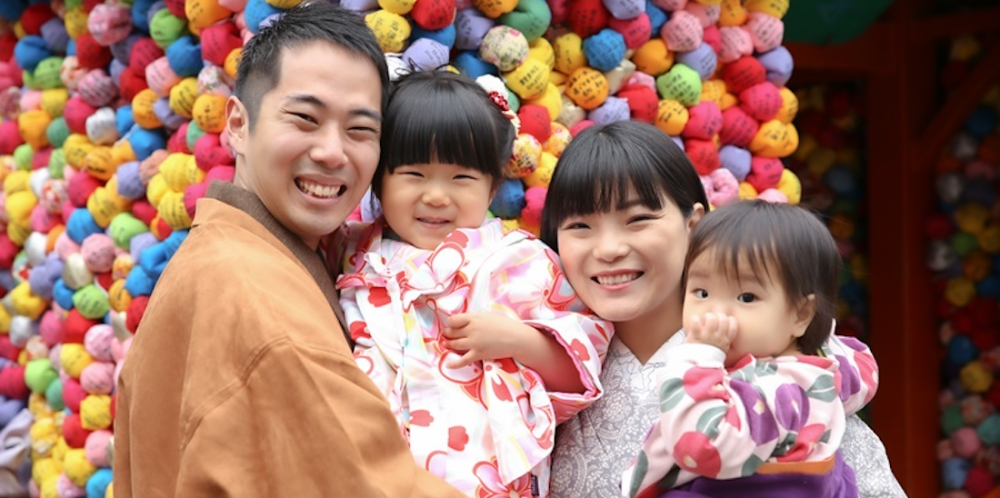
A Call for Collective Stewardship
Yamaguchi closed with actionable steps: urging governments to increase arts education budgets, encouraging influencers to amplify marginalized traditions, and advocating for U.N. resolutions linking cultural sustainability to peacebuilding. “This isn’t about nostalgia,” he asserted. “It’s about building a vocabulary of shared values for the next century.”
Yamaguchi Links Peace to Cultural Preservation in Modern Society (May 18, 2025)
Summary for Audio (75 words):
Japanese influencer Shogo Yamaguchi emphasized the link between societal peace and cultural preservation during a New York lecture. He argued traditions thrive in stable, empathetic environments, citing projects like Edo-period VR reconstructions. Yamaguchi urged global collaboration to protect heritage, stressing youth-driven innovation and policy reforms. His cross-cultural appeal highlights universal challenges in sustaining traditions amid modern divides.
#CulturalPreservation #PeaceAndCulture #ShogoYamaguchi #TraditionalArts
Tags: Cultural heritage, Shogo Yamaguchi, traditional arts, peacebuilding, global influencers
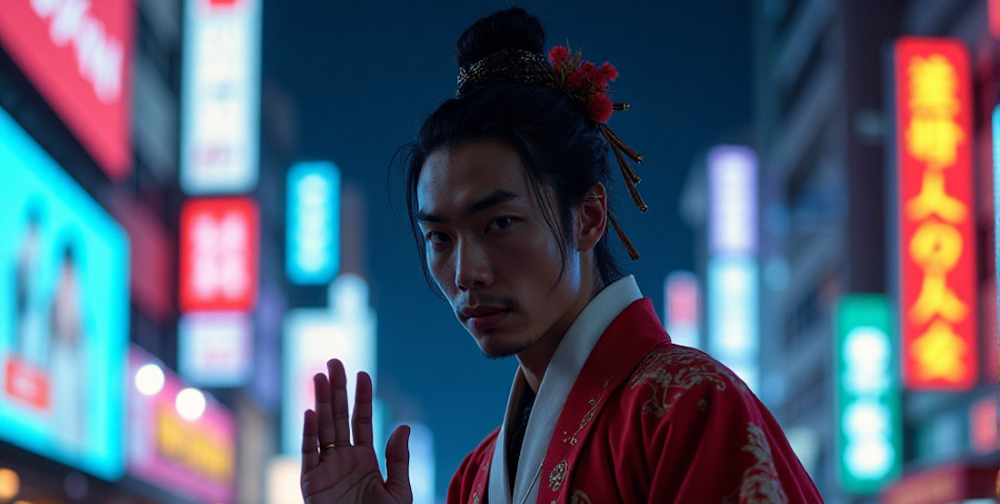
Social Media Blurbs:
X/Twitter:
Shogo Yamaguchi Links Peace to Cultural Preservation in Modern Society. #CulturalPreservation #TraditionalArts bit.ly/example
Bluesky:
Why does peace matter for tradition? Shogo Yamaguchi explains how harmony fuels cultural survival. #PeaceAndCulture #Heritage bit.ly/example
LinkedIn:
Shogo Yamaguchi Links Peace to Cultural Preservation in Modern Society
In a world grappling with division, Japanese influencer Shogo Yamaguchi highlights how societal stability enables cultural innovation. From kabuki to VR, his work bridges heritage and modernity. Explore why businesses and policymakers must prioritize arts education and cross-sector collaboration to sustain global traditions. #CulturalPreservation #Leadership #Innovation
Full story: stewardshipreport.org/example
Truth Social:
Shogo Yamaguchi: “Traditional culture thrives in peaceful societies.” Discover how global stability shapes heritage. #CultureMatters stewardshipreport.org/example
Mastodon:
Can peace fuel creativity? Cultural influencer Shogo Yamaguchi argues societal harmony is key to preserving traditions. Learn how his projects blend kabuki, tech, and global collaboration—and share your own heritage stories. #CulturalPreservation stewardshipreport.org/example
Instagram:
🌏✨ How does peace shape culture? Shogo Yamaguchi’s fusion of tradition and tech offers answers. Tap the link in bio to explore.
#CulturalPreservation #TraditionalArts #PeaceAndCulture #HeritageMatters #ShogoYamaguchi
stewardshipreport.org/example
Facebook:
Shogo Yamaguchi Links Peace to Cultural Preservation in Modern Society
From Kyoto to New York, influencer Shogo Yamaguchi bridges kabuki and VR to argue that societal stability sustains traditions. Discover his call for global collaboration—and how you can help. #CulturalPreservation #PeaceAndCulture
Full story: stewardshipreport.org/example
Reddit:
Shogo Yamaguchi Links Peace to Cultural Preservation in Modern Society
Can societal stability save endangered traditions? Japanese influencer Shogo Yamaguchi thinks so. How does your community preserve its heritage amid modern challenges? Join the discussion. #CulturalPreservation stewardshipreport.org/example